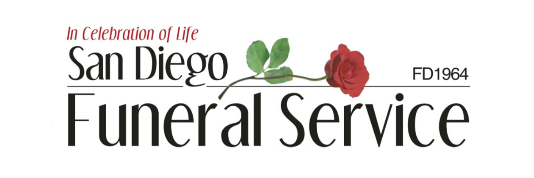
Toll free -

FAQs & fictions
What is green burial?
Green burial is a way of caring for the dead with minimal environmental impact that furthers legitimate ecological aims such as the conservation of natural resources, reduction of carbon emissions, protection of worker health, and the restoration and/or preservation of habitat.
How does green burial differ from conservation burial?
Conservation burial is a term coined by the Green Burial Council at the 2005 Land Trust Alliance National Rally. The concept calls for a cemetery’s adherence to a number of protocols to ensure that burials never degrade an ecosystem and, where possible, facilitate ecological restoration. It requires that surveys (biological, geological, hydrological) be done to determine where burial should and should not take place on a piece of land, and at what density. Most significantly, conservation burial requires that an established, independent conservation organization, most often a land trust, serve as steward of this land and be willing to hold a conservation easement. This legally enforceable instrument, which runs with the land, guarantees that the standards for conservation burial, set forth by the Green Burial Council, will be upheld in perpetuity.
What does it mean if a cemetery is Green Burial Council certified?
GBC certification allows consumers to be able to distinguish between the four levels of green burial ground and understand that each has a different set of standards. It requires cemetery operators commit to certain degree of transparency, accountability and third party oversight. And it prevents future owners from going back on whatever ecological or aesthetic promises have been made in the past -
What's wrong with embalming?
The Council doesn't think any end-
Since burial vaults are made from concrete, shouldn’t they be considered green?
While the concrete and metal in vaults may be considered "natural" to some, the manufacturing and transporting of vaults uses a tremendous amount of energy and causes enormous carbon emission. In this US, vault manufacturing requires the production of 1.6 tons of reinforced concrete. Vaults are not required in GBC-
How do I know that a particular product is suitable for a green burial?
The GBC believes a casket, urn, or shroud is suitable for a green burial if it’s made from materials/substances that are nontoxic and readily biodegradable. We also require that these products not be made from materials that are harvested in a manner that unnecessarily destroys habitat, as is the case with certain types of sea grass. A list of caskets, urns, and shrouds that meet these requirements, whose producers have provided us with clean, fully disclosed material safety data sheets, can be found at our "find a provider" section.
Doesn’t cremation create a lot of pollution?
Cremation uses far fewer resources than almost any other disposition option but it certainly has an environmental impact. Cremation burns fossil fuels, and some older cremation facilities can use significantly more energy compared to newer ones. Mercury is also emitted when a person with dental amalgam fillings is cremated, but effective filtration devices that can fully mitigate mercury pollution are expected to be on the market in 2011. The GBC has recently begun working with the Cremation Association of North America (CANA) to promulgate standards for more eco-
What is a home funeral and how does it differ from a home burial?
Home funerals, which allow for families to care for a decedent and all aspects of a funeral at home, were quite common in the US up until the mid-
###


Copyright 2019 © San Diego Funeral Service FD 1964
OFFICE 619-